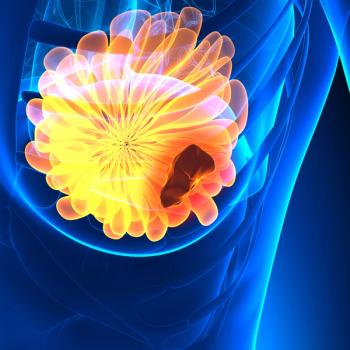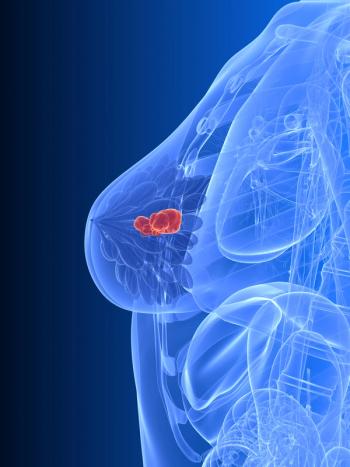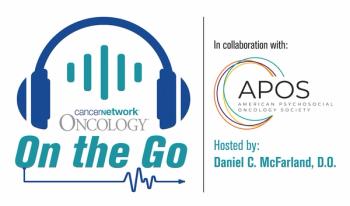
Oncology NEWS International
- Oncology NEWS International Vol 8 No 1
- Volume 8
- Issue 1
High School Seniors Smoking Less in 1998
WASHINGTON-Daily cigarette smoking among high school seniors declined in 1998, down to 22.4% from 24.6% in 1997. However, the 1998 rate remains significantly higher than the 17.2% recorded in 1992 and not far removed from the 25.4% found in 1979, according to a survey conducted for the National Institute on Drug Abuse.
WASHINGTONDaily cigarette smoking among high school seniors declined in 1998, down to 22.4% from 24.6% in 1997. However, the 1998 rate remains significantly higher than the 17.2% recorded in 1992 and not far removed from the 25.4% found in 1979, according to a survey conducted for the National Institute on Drug Abuse.
The study found that the percentage of 12th graders who smoked at least a half-pack per day dropped to 12.6% in 1998, from 14.3% in 1997. Black students had the lowest smoking rates for the year, with 12.6% reporting some smoking in the month prior to the survey, compared with 41.7% of whites and 26.6% of Hispanics.
The statistics were compiled as part of Monitoring the Future, an annual survey of teen substance abuse conducted since 1975 by the University of Michigans Institute for Social Research.
Articles in this issue
almost 27 years ago
Pittsburgh to Build New Cancer Centeralmost 27 years ago
NCI Initiates Two High-Priority Tobacco Research Programsalmost 27 years ago
Breast Cancer Stamp Sells Wellalmost 27 years ago
Hospital Strategies To Prevent Invasive Aspergillosis Spreadalmost 27 years ago
‘Cancer Patients Should Be Assertive, Know Their Rights’almost 27 years ago
EBCTCG Update of Adjuvant Treatment for Early Breast Canceralmost 27 years ago
Younger Breast Cancer Patients at Increased Risk of Recurrencealmost 27 years ago
Six Named to National Cancer Advisory Boardalmost 27 years ago
Trial Uses Vitamin A To Prevent Lung Cancer in Former Smokersalmost 27 years ago
‘Medical School Curriculum Must Include Palliative Care’Newsletter
Stay up to date on recent advances in the multidisciplinary approach to cancer.





















































































